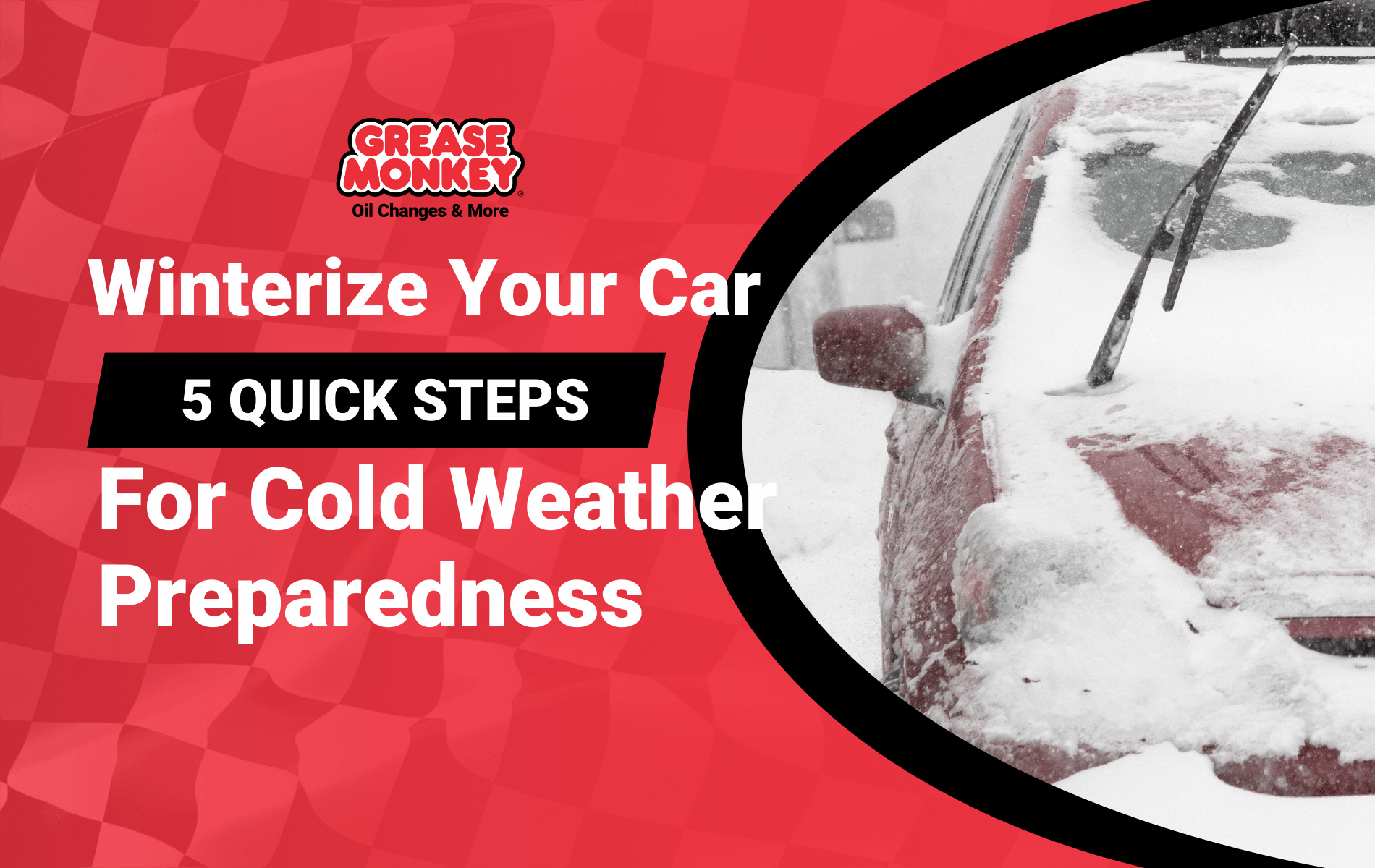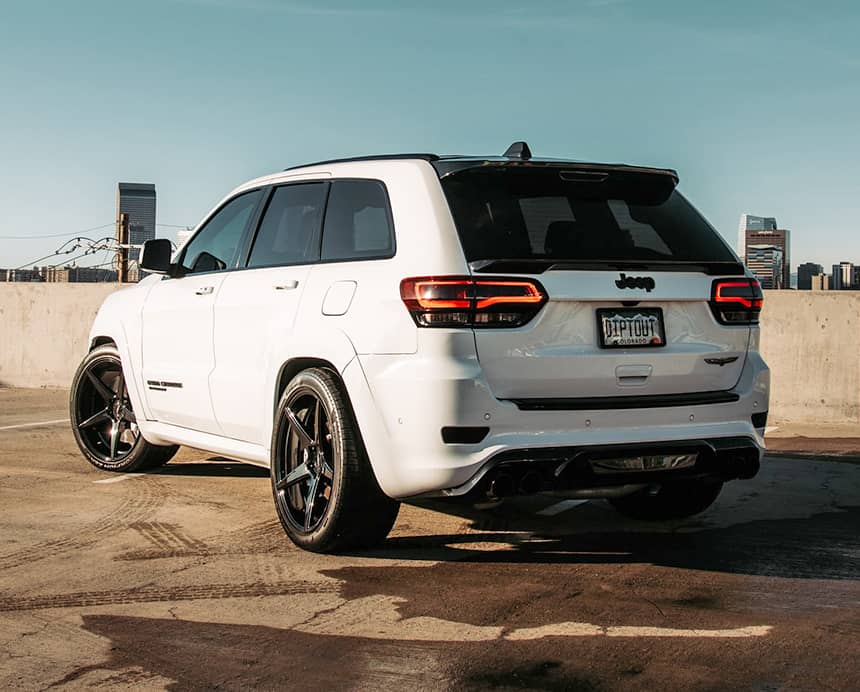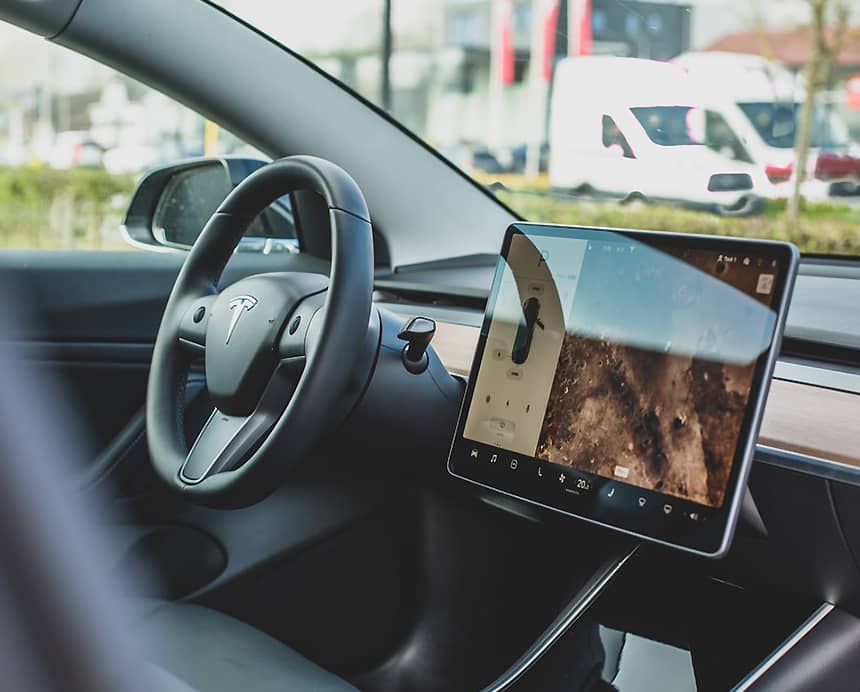Winter is not just about enduring the cold; it’s about preparing your vehicle to withstand the harsh conditions that can significantly affect its performance and safety. Many drivers overlook some critical aspects of winter preparation, leading to avoidable breakdowns or unsafe driving conditions. Here are the essential steps to winterize your car, providing expert tips and lesser-known advice to keep your vehicle running smoothly all winter long.
Inspect and Replace Fluids
Fluids are the lifeblood of your vehicle, and in winter, they play an even more crucial role. While many drivers are aware of the need to check coolant levels, few realize the importance of using the correct mixture or the potential benefits of upgrading certain fluids for better winter performance.
Antifreeze and Coolant: The right antifreeze mixture is critical. For most vehicles, a 50/50 mix of antifreeze and water is sufficient. However, in extremely cold climates, a 60/40 or 70/30 mix can provide better protection against freezing. It’s also wise to use a coolant that contains anti-corrosion additives, which protect your engine and radiator from the harsh winter chemicals used on roads.
Windshield Washer Fluid: Not all windshield washer fluids are created equal. In winter, it’s important to use a washer fluid with a freeze point below -20°F (-29°C). Consider adding a washer fluid antifreeze additive to further lower the freezing point and improve your visibility in icy conditions.
Engine Oil: Switching to a winter-grade engine oil, such as a 0W-30 or 5W-30, can improve cold start performance and reduce engine wear. Cold weather can thicken oil, making it harder for your engine to turn over. Using a thinner oil reduces strain on your engine during start-up and ensures better lubrication in cold temperatures.
Battery Health Check
Winter is notorious for causing battery failures, yet many drivers don’t take proactive steps to ensure their battery is up to the challenge. Beyond just checking the charge, there are several other factors to consider.
Cold Cranking Amps (CCA): Your battery’s CCA rating is a critical factor in cold weather. This rating indicates the battery’s ability to start an engine in extremely cold temperatures. If your battery is older, consider upgrading to a battery with a higher CCA rating to ensure reliable starts even on the coldest days.
Battery Age: Batteries typically last 3-5 years, but in cold climates, their lifespan can be shortened. If your battery is nearing the end of its life, it’s better to replace it before winter starts. Look for signs of a weakening battery, such as dimming headlights, slow engine cranks, or corrosion on the terminals.
Terminal Cleaning: Even a well-charged battery can fail if the terminals are corroded. Regularly clean your battery terminals with a mixture of baking soda and water, and apply a terminal protector spray to prevent future corrosion. This ensures a solid connection and reliable power delivery.
Tire Care for Winter Driving
Tires are your car’s only point of contact with the road, making their condition vital in winter. While many drivers know to check tire pressure, there are more advanced steps you can take to ensure your tires are winter-ready.
Tire Pressure: Cold temperatures cause tire pressure to drop—approximately 1 PSI for every 10°F decrease. Underinflated tires can lead to poor traction, reduced fuel efficiency, and increased tire wear. Check your tire pressure weekly in winter, and inflate them to the manufacturer’s recommended PSI, which is typically listed on the driver’s door jam.
Tread Depth: For winter driving, a tread depth of at least 6/32 inches is recommended, whereas summer tires can be safe with 4/32 inches. Use a tread depth gauge or the penny test (if Lincoln’s head is visible, it’s time for new tires). Consider using snow tires with aggressive tread patterns for better grip in deep snow.
Tire Rotation and Alignment: Regular tire rotation ensures even wear, which is especially important in winter when uneven tires can lead to poor handling on slippery roads. Additionally, winter is a good time to check your wheel alignment. Misaligned wheels can cause your car to pull to one side, which is dangerous on icy roads.
Wiper Blades and Windshield Care
Visibility is non-negotiable in winter, and your wiper blades and windshield play key roles in ensuring you can see clearly. However, many drivers overlook some critical steps in maintaining these components.
Winter Wiper Blades: Regular wiper blades can become stiff and ineffective in cold weather. Winter wiper blades are designed with a rubber shell that prevents snow and ice from accumulating on the blade, ensuring consistent performance in all conditions. Replace your wipers with winter-specific ones at the start of the season for optimal performance.
Windshield Chips and Cracks: Cold weather can cause existing windshield cracks to expand, turning a small chip into a major crack. Before winter, inspect your windshield for any damage and repair chips promptly. Applying a rain-repellent treatment to your windshield can also help water bead off, improving visibility.
Defroster and Heater: Ensure that your defroster and heater are working properly before winter. A malfunctioning defroster can lead to poor visibility, while a failing heater can make driving in cold weather unbearable. Address any issues with these systems promptly to maintain comfort and safety.
Emergency Kit Essentials
Even the most well-prepared drivers can find themselves in an emergency situation during winter. Having a well-stocked emergency kit can make a significant difference, providing not only safety but also comfort if you’re stranded.
Beyond the Basics: In addition to the standard emergency kit items like blankets, food, and water, consider including a portable power bank to keep your phone charged, a reflective vest for visibility if you need to exit the vehicle, and a tire inflator. These additional items can be lifesavers in remote areas or during long waits for roadside assistance.
Traction Aids: If you get stuck in snow or ice, having traction aids like sand, cat litter, or traction mats can help you get moving again. These are especially useful in areas where plows may not reach immediately.
First Aid Kit: Your first aid kit should be winter-ready, with additional supplies like hand warmers, a thermal blanket, and any necessary medications. Cold weather can exacerbate health conditions, so having these supplies on hand is essential.
Winterizing your car is about more than just checking the basics—it’s about ensuring every component of your vehicle is ready to face the extreme conditions that winter can bring. By following these detailed steps and taking advantage of Grease Monkey’s winterization services, you can drive with confidence, knowing your car is fully prepared for whatever the season throws at it. Don’t wait until the first snowfall—visit Grease Monkey today to winterize your vehicle and enjoy peace of mind all winter long.







